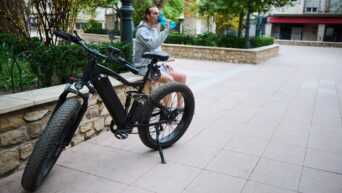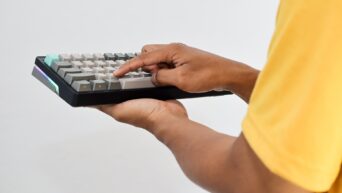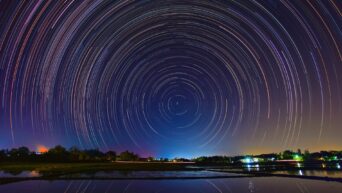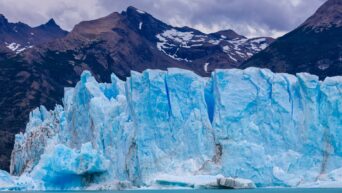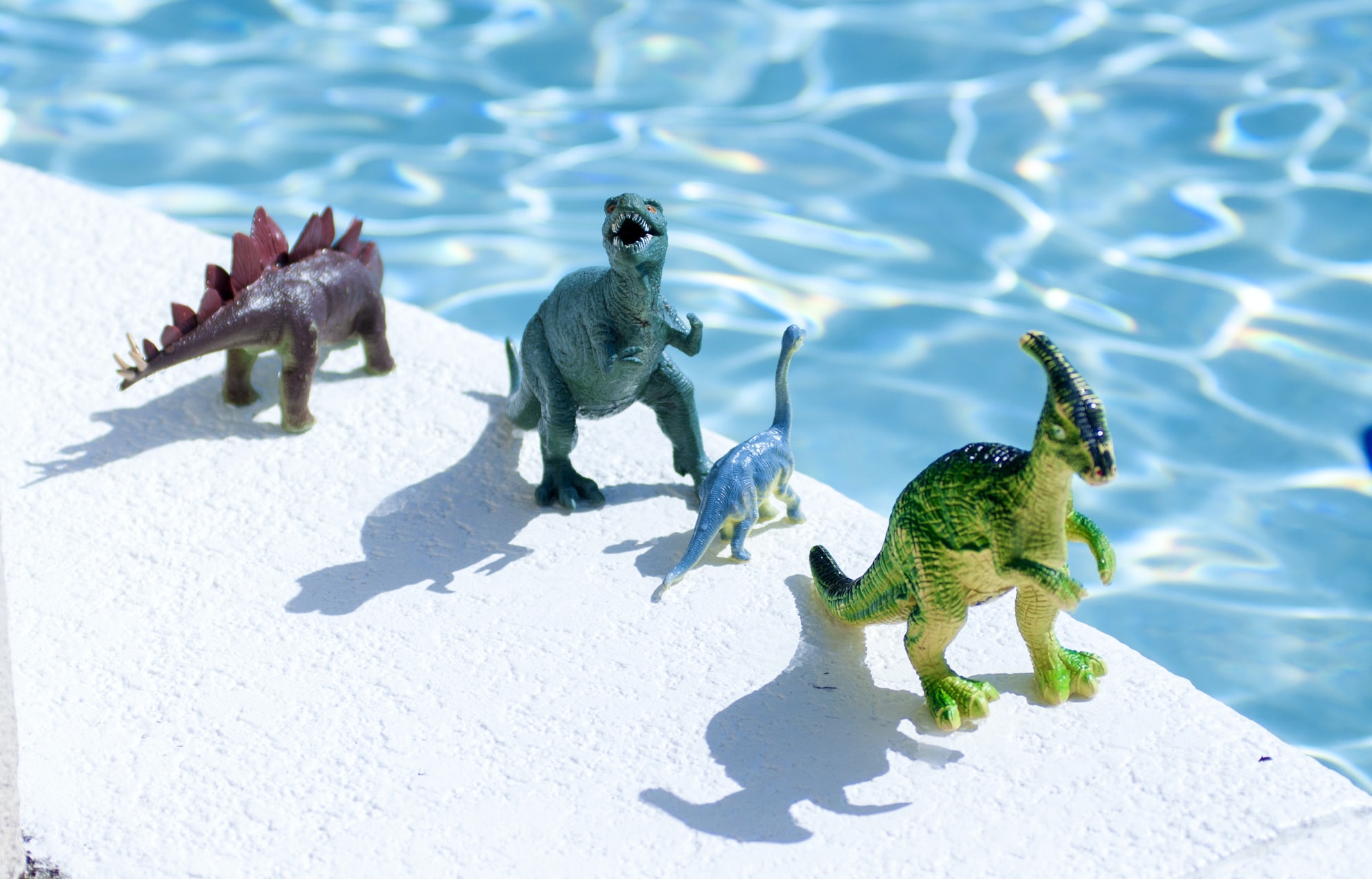
Credit: Unsplash
Giraffes have nothing on this titanic creature.
The Australian town of Eromanga, located in southwest Queensland with a population of just 112, may be a rather small and sleepy spot, but what it lacks in human population it makes up for with a massive cache of dinosaur discoveries. Numerous paleontological discoveries have been made in the plains near Eromanga, and the latest one may just put the town on the map.
For about 14 years now, paleontologists have been gradually digging up a single dinosaur fossil that grew larger and larger as they uncovered more. Earlier this week, they uncovered enough of the ancient beast to finally give it a formal classification: Australotitan cooperensis, a titanosaur estimated to have been active 92 million to 96 million years ago during the Cretaceous period. The name “Australotitan” means “southern titan,” while “cooperensis” refers to its geological location. It’s also a reference to the nickname the fossil went by for a long time, “Cooper.”
“This new titanosaurian is the largest dinosaur from Australia represented by osteological remains,” said Robyn Mackenzie, a paleontologist from the Eromanga Natural History Museum. Mackenzie began digging for dinosaur fossils back in 2004 when her son discovered a chunk of bone by accident and brought it home in his truck.
By the researchers’ estimates, Cooper’s gigantic neck, along with its body, gives it an approximate length of 100 feet. If you stood history’s tallest giraffe next to this creature, it would come up to around its hips. The condition of the bones suggest that Cooper died after getting stuck in a massive mud hole, where it may have been trampled by numerous other creatures.
A new species of dinosaur discovered in Australia has been confirmed as the largest ever found in the country, and one of the biggest in the world. https://t.co/pKBYbQyiP1
— CNN International (@cnni) June 8, 2021
Obviously, the massive skeleton was too big to physically move, but with the magic of digital imaging, the researchers were able to take a complete scan of the bones and even assemble them into a complete image of a creature.
“The 3D scans we created allowed me to carry around thousands of kilos of dinosaur bones in a 7kg laptop,” said Scott Hocknull, a paleontologist from the Queensland Museum who helped unearth Cooper.












